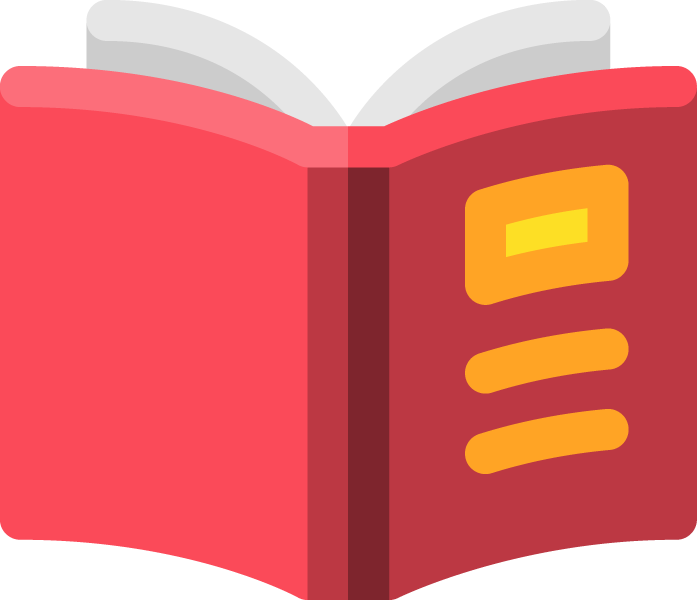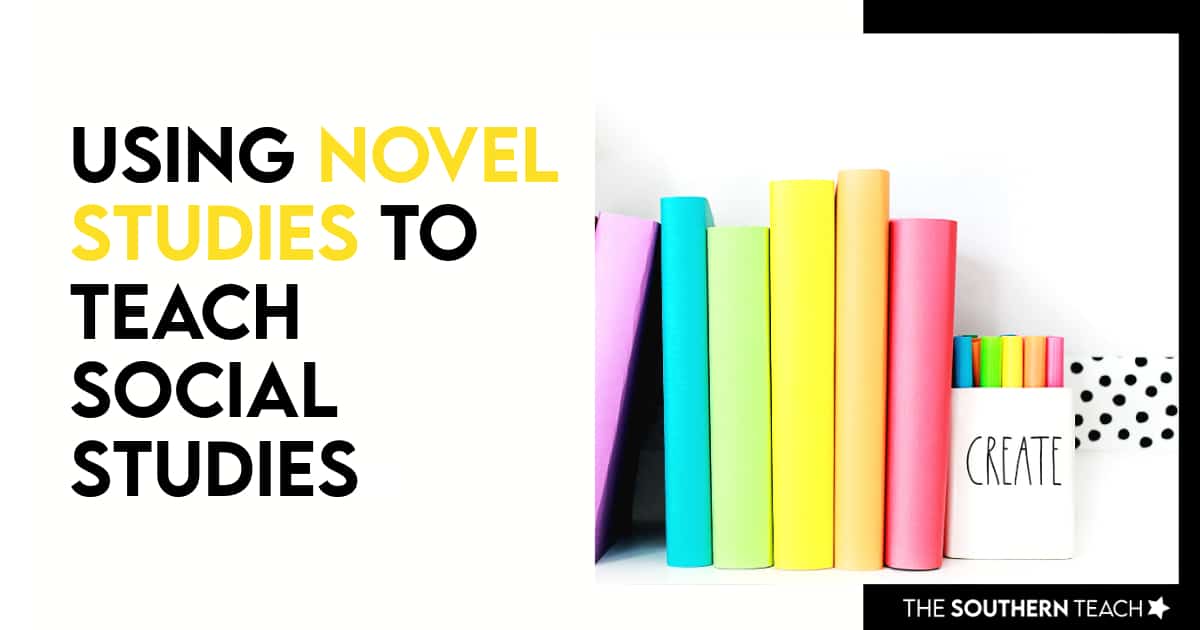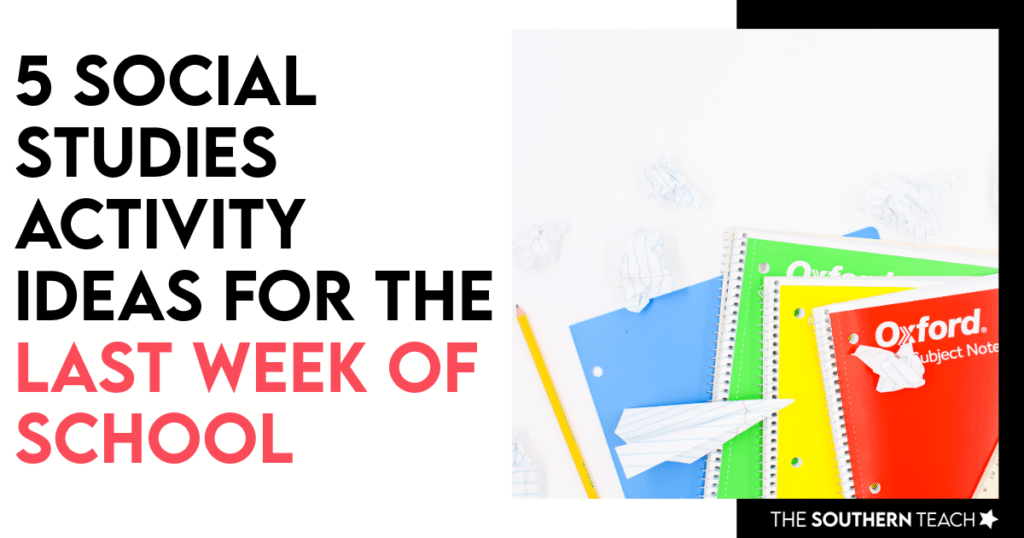Share This Post:
If you’re an ELA and a social studies teacher or you teach ALL the subjects, it can be a little tricky trying to find the time to teach social studies. One way to be efficient with teaching reading, writing, and social studies is to use novel studies!
In this blog post, you will learn all about the transformative power of novel studies. We will uncover why they’re invaluable tools for teaching social studies, and I’ll be offering practical tips and resources to enhance your classroom experience.
Why Novel Studies?
Novel studies offer a dynamic way to engage students deeply with literature while simultaneously exploring social studies concepts. Here’s why they’re worth considering:
- Exploring Depth: Novel studies allow students to dive deeper into a story, uncovering themes, character motivations, and historical settings.
- Critical Thinking Skills: Through guided discussions and reflective prompts, students can refine their critical thinking and analytical skills, making connections beyond the text.
- Cultural Awareness: By exploring characters from different cultures and historical periods, students gain insights into diverse perspectives and experiences.

Elements of a Novel Study
When planning a novel study, consider incorporating these key elements:
- Key Vocabulary: Introduce and reinforce important terms relevant to the text and its historical context.
- Guiding Questions: Pose thought-provoking questions to guide students’ comprehension and understanding of the text.
- Comprehension Quizzes: Assess understanding and reinforce key concepts with quizzes or assessments after each chapter.
- Culminating Projects: Provide opportunities for students to showcase their learning creatively, such as through presentations, skits, or written reflections.
Creating Your Novel Study Plan
Here’s a step-by-step guide to planning your novel study:
- Define Goals and Standards: Determine the overarching objectives and standards your novel study will address, aligning them with your school, district, and state’s ELA and social studies curricula.
- Choose a Format: Decide whether your novel study will be conducted as a whole group, in small groups, or as individual projects, considering the needs and preferences of your students.
- Develop Discussion Questions: Craft questions that encourage critical thinking and foster deeper engagement with the text.
- Select Assessment Methods: Plan a variety of assessments and activities to gauge student understanding and provide multiple opportunities for expression and reflection.
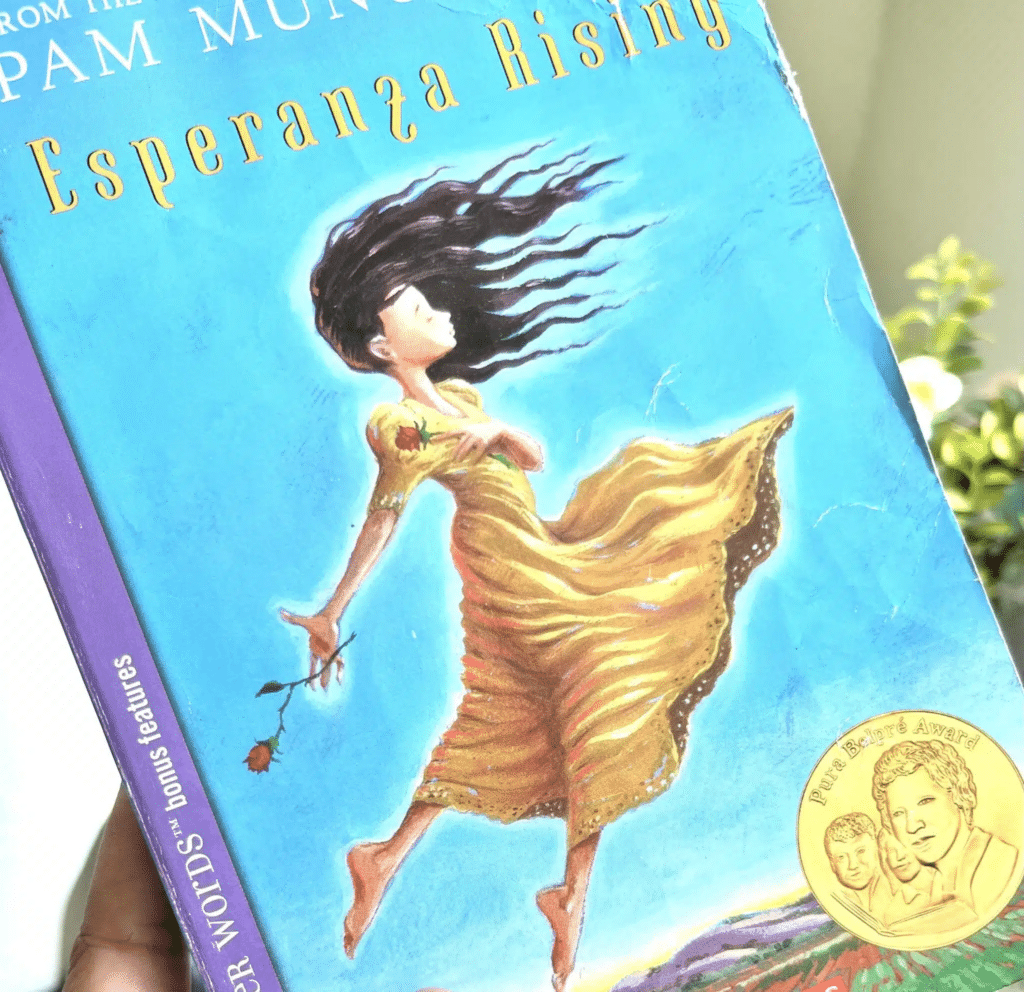
Choosing the Right Novel
Selecting the perfect novel for your study involves considering factors such as age appropriateness, student interests, and relevance to social studies topics. Here are some recommendations:
- “Blood on the River“: Ideal for exploring early American history and the colonization of Virginia.
- “Out of the Dust“: A poignant tale set during the Great Depression, offering rich opportunities for discussion and reflection.
- “Number the Stars“: A powerful story set during World War II, highlighting themes of bravery and resilience.
- “Esperanza Rising“: Explores themes of migration and cultural identity during the Great Depression era.
- “The Lemonade War“: Provides insights into entrepreneurship and economics, perfect for integrating with social studies units on business and commerce.
Enhancing the Novel Study Experience
As you conduct your novel study, consider these strategies for enriching the learning experience:
- Make Connections: Encourage students to make some connections with the themes and events of the novel to their own lives and broader historical contexts.
- Explore Themes and Patterns: Guide your students in identifying recurring themes and narrative patterns, fostering deeper understanding and analysis.
- Highlight Literary Elements: Introduce literary concepts such as plot structure, character development, and symbolism.
- Diversify Assessments: Offer a variety of assessment methods, including written reflections, creative projects, and discussions, catering to diverse learning styles and preferences.
Novel studies are a great way to explore social studies concepts through literature. By integrating engaging novels with thoughtful discussions and activities, you can create meaningful learning experiences that resonate with students.
Whether the focus is on historical events, cultural experiences, or economic principles, novel studies can provide a pathway to a deeper understanding and appreciation of the world around us.
If you’re interested in exploring more resources and workshops on teaching social studies, consider joining my Smart and Simple Social Studies Membership for access to exclusive content and support.
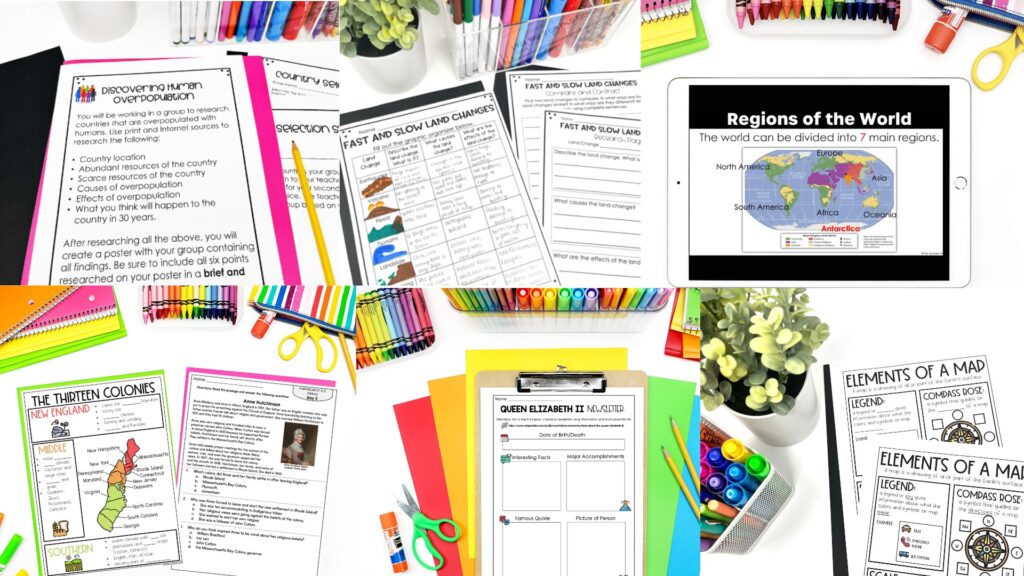
kirsten hammond
Kirsten is a former 3rd and 5th grade teacher who loves helping upper elementary teachers by creating resources and sharing ideas that are engaging, research-based, and TEKS-aligned. She is a work-from-home mama of 3 rambunctious little ones and loves running, true crime, and lots of coffee.

